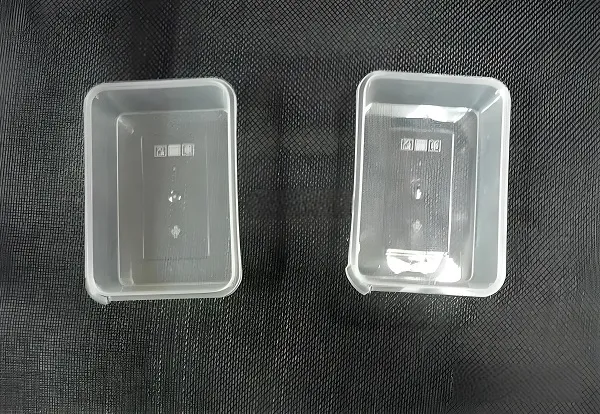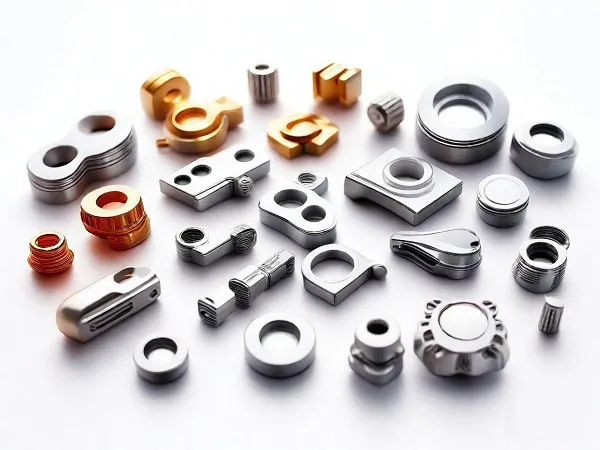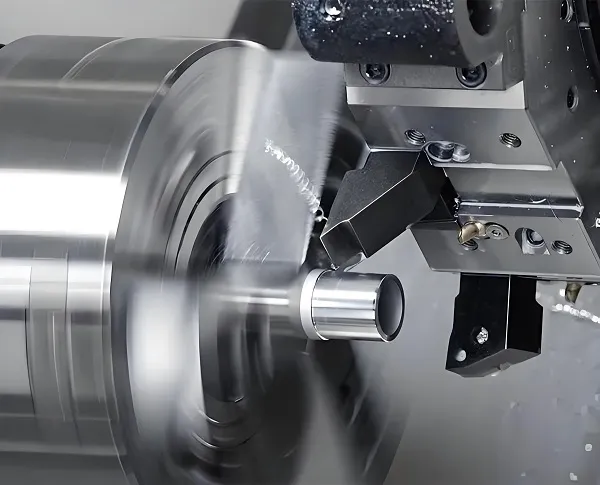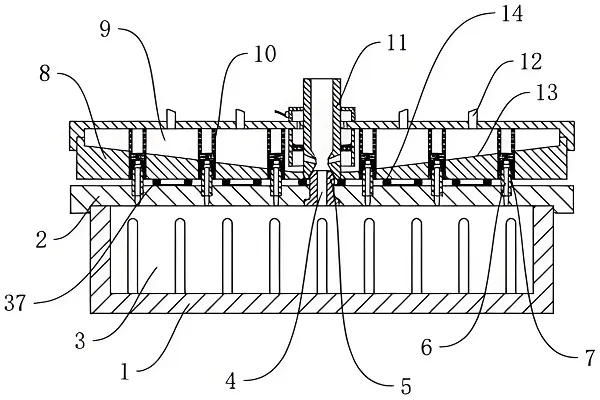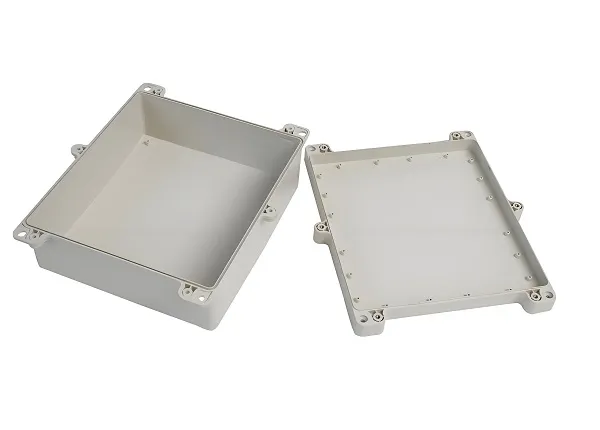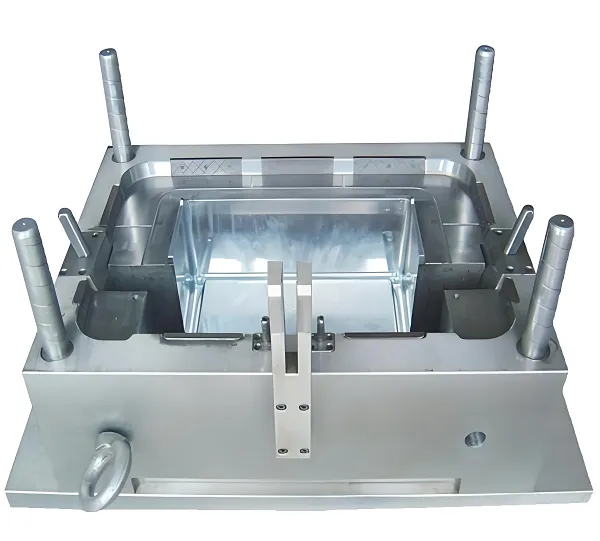Polyurethane (PU) is a polymer material formed by polyol and isocyanate through polymerization. Polyurethane injection molded parts are made by injecting molten polyurethane material into a mold using the injection molding process, and then cooling and curing the product. These parts are widely used in many fields due to the excellent properties of polyurethane materials.
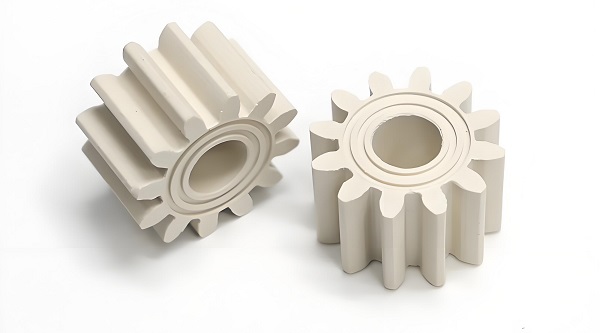
1. Production process
The production of polyurethane injection molded parts relies heavily on the injection molding process, which consists of three stages: pre-molding, injection and cooling. First, the polyurethane raw material is heated to a molten state in the injection molding machine, and then injected into the pre-designed mold through the push of the screw. In the mold, the molten polyurethane rapidly cools and solidifies to form the desired part shape. Finally, the finished product is removed by opening the mold.
2. Product Properties and Parameters
Mechanical Properties: Polyurethane injection molded parts have excellent mechanical properties, their tensile strength is usually between 50~80 MPa, and their elastic modulus is within the range of 1000~3000 MPa, showing good rigidity and elastic recovery. At the same time, its fracture toughness can reach 10~70 kJ/m², indicating that the material has excellent impact resistance and wear resistance.
Physical properties: Polyurethane injection molded parts also have good thermal and acoustic insulation properties, as well as excellent chemical resistance and electrical properties. In addition, it has a low water absorption rate, allowing the parts to maintain stable performance in wet environments.
Processing performance: polyurethane materials are easy to process, can be molded by injection molding, casting and other ways, and can be compounded with other materials to form high-performance composite materials.
3.Customized Polyurethane Injection Molded Parts Process
The process of customized polyurethane injection molded parts usually includes the following key steps:
Demand analysis: First, the customer communicates with the manufacturer to define the specific needs of the part, including size, shape, material performance requirements, quantity, and expected use environment. This step is the basis for ensuring that the final product meets the customer’s needs.
Design and Development: Based on the results of the requirements analysis, the manufacturer designs and develops the part. This includes 3D modeling using CAD (Computer Aided Design) software, as well as the necessary structural analysis and optimization. The manufacturer also determines the appropriate injection molding process parameters based on the properties of the polyurethane material.
Mold Manufacturing: Injection molds are the key tool for producing polyurethane injection molded parts. Manufacturers will make high-precision molds according to the design drawings to ensure the dimensional accuracy and surface quality of the parts during the injection molding process.
Material Preparation: Select polyurethane raw materials that meet the requirements and pre-treat them as needed, such as drying, mixing, etc., to ensure material stability during the injection molding process and the performance of the final product.
Injection molding: The pre-treated polyurethane raw materials are put into the injection molding machine and injected into the mold by heating and melting. In the mold, the molten polyurethane material rapidly cools and solidifies to form the desired part shape.
Post-processing and Inspection: After injection molding, the parts need to undergo post-processing, such as removing flying edges and trimming the surface. At the same time, the manufacturer will carry out strict inspection of the parts to ensure that they meet the design requirements and quality standards.
Delivery and after-sales service: After inspection, the parts will be packaged and delivered to customers. The manufacturer will also provide appropriate after-sales service, including technical support, parts replacement and so on.
4.Application Areas
Polyurethane injection molded parts are widely used in many fields due to their excellent physical and chemical properties:
Machinery manufacturing: In the field of machinery manufacturing, polyurethane injection molded parts are commonly used as cushions, pads, springs, etc. These parts can effectively slow down the mechanical equipment. These parts can effectively slow down the friction and vibration of mechanical equipment, and improve the smoothness of operation and service life of the equipment.
Automotive industry: In the automotive industry, polyurethane injection molded parts are used to manufacture gaskets, seals, shock absorbers and other components. These parts are critical to improving the performance and comfort of automobiles.
Petroleum and chemical industry: Due to the excellent chemical resistance of polyurethane materials, polyurethane injection molded parts are also widely used in the petroleum and chemical industry, for example, in the manufacture of chemical-resistant seals and piping connectors.
Sports equipment: Polyurethane injection molded parts are also used in the manufacture of sports equipment, such as the soles of sports shoes and handles for sports equipment. These parts provide good comfort and durability.
5. Specific advantages
Polyurethane injection molded parts are widely used in a number of fields thanks to the following advantages:
Excellent Physical Properties: Polyurethane injection molded parts have properties such as high strength, abrasion resistance, and oil resistance. For example, their wear resistance allows them to be used for long periods of time in high abrasion environments, significantly improving the wear resistance and service life of the equipment.
Good chemical stability: polyurethane materials are able to resist the erosion of most acids, alkalis, salts and other chemical substances, and are suitable for harsh environments such as the chemical industry.
Excellent impact resistance: due to the good toughness of polyurethane materials, polyurethane injection molded parts can be used in harsh environments such as impact and collision, and are not easy to rupture or damage.
Easy and inexpensive processing: Polyurethane materials can be processed into various shapes at room temperature, and the injection molding process is efficient and relatively inexpensive. This allows polyurethane injection molded parts to meet performance requirements while reducing production costs.
Wide range of application adaptability: Polyurethane injection molded parts can be adapted to specific needs by adjusting the raw material formulations and production processes to suit the requirements of different applications. This flexibility allows polyurethane injection molded parts to have a wide range of applications in many industries.
6.Reasons to choose Xiamen Goldcattle for customized polyurethane injection molded parts
Professional Customization Capability
With a professional technical team and advanced production equipment, Xiamen Goldcattle is able to customize parts according to customers’ specific needs. Whether it is the size, shape, performance requirements or material selection of the part, we can provide accurate design and production solutions to ensure that the final product meets the customer’s expectations.
High quality materials
The company selects high-quality polyurethane materials as raw materials for production, which have excellent properties such as wear resistance, impact resistance and chemical resistance. Strict raw material procurement and quality control processes ensure that the quality of the polyurethane injection molded parts produced reaches industry-leading levels.
Exquisite Production Process
Xiamen Goldcattle adopts advanced injection molding process and technology to ensure the precision and consistency of injection molded parts through precise control of parameters such as injection temperature, pressure and time. Meanwhile, the company also pays attention to the details of the production process, such as mold design, mold maintenance and product inspection, in order to further improve product quality.
Comprehensive Service Support
In the process of customized service, Xiamen Goldcattle provides comprehensive service support. From pre-demand communication, program design, sample making to post-production tracking, quality inspection and logistics distribution, every step is taken care of by a professional team to ensure that customers can enjoy a convenient, efficient and caring service experience.
Good Market Reputation
Xiamen Goldcattle has a good market reputation and customer evaluation in the industry. The company always focuses on customers and is committed to providing customers with high quality products and services. Through years of accumulation and development, the company has established long-term and stable cooperative relationships with many customers, and won extensive trust and praise.
Cost control and cost-effective
In terms of cost control, Xiamen Goldcattle reduces production costs by optimizing production processes, improving production efficiency and reducing energy consumption. At the same time, the company also focuses on the cost-effectiveness of the products to ensure that while providing high-quality products, it can also provide customers with reasonable prices. This enables customers to enjoy high-quality customized services while also obtaining higher economic benefits.
Polyurethane Injection Molded Parts FAQ
What are the material properties of polyurethane injection molded parts?
Polyurethane (PU) is a thermoplastic or thermoset plastic with excellent abrasion resistance, hydrolysis resistance, oil resistance, and elasticity. It can be formulated to adjust properties such as hardness, tensile strength, tear strength, and compression permanent deformation.
What is the process for customizing polyurethane injection molded parts?
The customization process usually includes: demand analysis (determining part size, shape, performance requirements, etc.), design development (CAD drawing, mold design), mold manufacturing, injection molding, post-processing (de-burring, sanding, painting, etc.), quality inspection, and packaging and shipping.
How to choose the right polyurethane material?
When choosing the material, you need to consider the usage environment of the part (e.g. temperature, humidity, pressure, medium, etc.), mechanical property requirements (e.g. hardness, strength, toughness, etc.), and cost budget. It is recommended to work with a specialized polyurethane material supplier or manufacturer for professional advice.
What are the problems that may be encountered during injection molding?
Problems that may be encountered during the injection molding process include: bubbles, dents, cracks, deformations, short shots (underfilling), burrs, etc. These problems are usually related to factors such as raw materials, molds, injection machines and injection conditions. Solutions include adjusting injection parameters, optimizing mold design, and improving raw material drying and mixing processes.
How to ensure the quality of polyurethane injection molded parts?
The key to quality assurance lies in the strict control of every link in the production process. This includes raw material inspection, mold design and manufacturing, injection molding process control, post-treatment process and final quality inspection. At the same time, advanced testing equipment and methods, such as X-ray testing, ultrasonic testing, etc., are used to ensure that both the internal and surface quality of the parts meet the requirements.
What are the price factors for custom polyurethane injection molded parts?
Price factors mainly include material costs, mold costs, production costs (such as injection molding machine costs, labor costs, energy consumption, etc.), post-processing costs, and packaging and transportation costs. Prices will vary for parts with different specifications, shapes and performance requirements. In addition, the batch size will also affect the unit price, usually the larger the batch the lower the unit price.
How can I speed up the production cycle for custom urethane injection molded parts?
Ways to speed up the production cycle include: optimizing the mold design to reduce the number of modifications; preparing and inspecting raw materials in advance; arranging the production schedule to make full use of the injection molding machine resources; and adopting a quick mold change system. At the same time, it is also key to maintain close communication with customers to solve problems in the production process in a timely manner.
How environmentally friendly are polyurethane injection molded parts?
Polyurethane injection molded parts perform well in terms of environmental friendliness. Polyurethane materials can be recycled and reused, reducing waste generation. At the same time, as environmental regulations become more stringent, more and more polyurethane manufacturers are adopting environmentally friendly materials and processes to produce injection molded parts to meet market demand.

